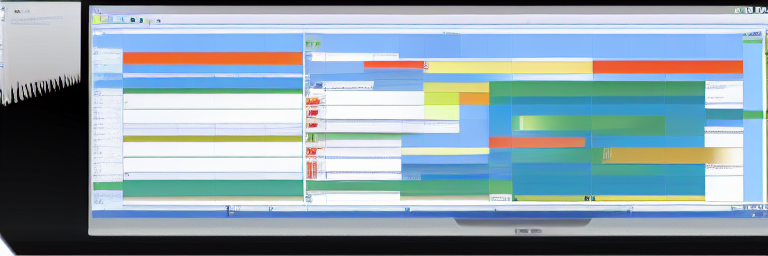What is microservices architecture?
Microservices architecture is an approach to designing software applications as a suite of independently deployable, small, modular services. In a microservices architecture, each service runs a unique process and communicates through a well–defined, lightweight mechanism to serve a business goal. This architecture enables continuous delivery and deployment of large, complex applications.
Process
The Microservices Architecture process involves breaking down a monolithic application into smaller, independent services that can be deployed and scaled independently. This architecture can improve scalability, availability, and resilience, and can allow for more rapid development and deployment of new features and updates.
Microservices vs. Monolithic Applications
Microservices are typically more complex to develop and deploy, since each service is its own independent entity. However, they can be easier to scale since each service can be scaled independently. They can also be easier to update, since each service can be updated separately without affecting the other services. However, microservices can be more difficult to test and debug, since there are more moving parts.
Monolithic applications are typically easier to develop and deploy, since everything is packaged together. They can also be easier to test and debug since there are fewer moving parts. However, monolithic applications can be more difficult to scale since everything is tightly coupled together. They can also be more difficult to update, since any change can potentially break the entire application.
Advantages and Challenges
Advantages
One of the main advantages of a microservices architecture is that it allows for much more flexibility and customization than a traditional monolithic architecture. With microservices, each service can be independently deployed and scaled, and they can be written in different programming languages. This can make it much easier to develop and deploy new features, and to roll back changes if necessary.
Another advantage of microservices is that they can improve availability and resilience. If one service goes down, the others can continue to function. And if one service is overloaded, the load can be distributed to other services.
As well, microservices can make it easier to do things like A/B testing and canary releases. With a monolithic architecture, it can be difficult to test out new features without affecting the rest of the system. But with microservices, you can deploy the new feature to a small subset of users and see how it performs before rolling it out more widely.
Challenges
There are a few challenges to microservices architecture. These include increased complexity, communication overhead, and the need for careful orchestration.
- Increased complexity: Microservices can add a lot of complexity to an application, as there are more moving parts and dependencies.
- Difficult to test: It can be difficult to test a microservices application, as each service has to be tested individually.
- Difficult to debug: It can also be difficult to debug a microservices application, as each service has its own code and logs.
The Future Outlook for Microservices Architecture
Microservices architecture will continue to grow in popularity in the future as more and more organisations recognise the benefits of this type of architecture. This will lead to more companies adopting microservices and more developers becoming familiar with this approach to software development.
We can expect to see more innovation in the world of microservices, with new tools and frameworks being developed to make working with this type of architecture even easier. This will make it even more accessible for organisations of all sizes to adopt microservices and reap the benefits that they can bring.
As microservices become more commonplace, we will also see more organisations adopting a DevOps approach to their software development. This will help to further improve the efficiency of development teams and enable them to release new features and updates more quickly.
Overall, the future looks bright for microservices architecture. This type of architecture provides a number of benefits that are proving to be very popular with organizations of all sizes. We can expect to see more companies adopting microservices in the future as they look to improve the efficiency of their software development.

